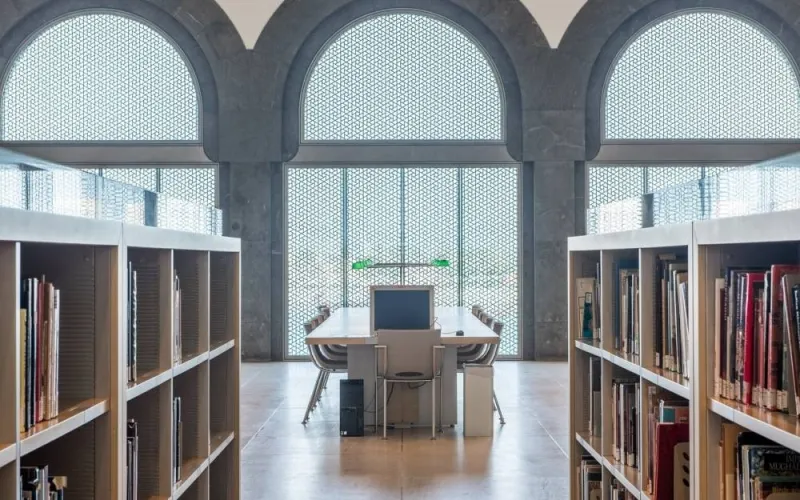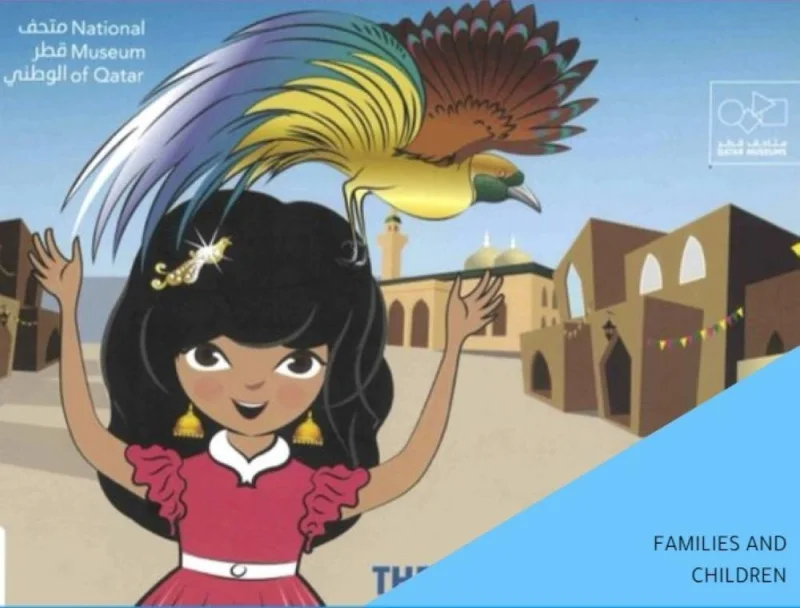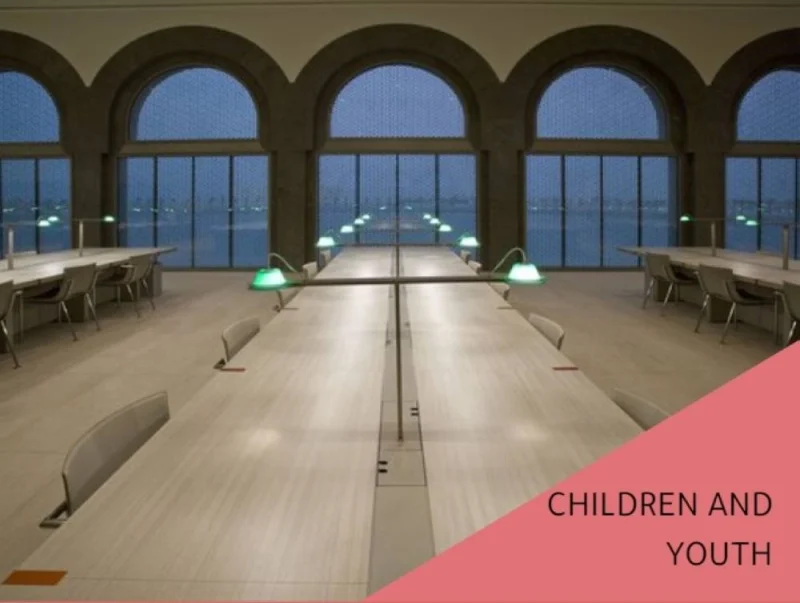Qatar Museums (QM) offers an array of free educational activities and art workshops for both adults and children during Ramadan, providing an opportunity not only to enrich their knowledge and skills but also learn more about the country’s rich culture and heritage.
The 45-minute Ramadan Walk-In Gallery Tours, which will run until April 18, allow visitors to explore rare collections at the Museum of Islamic Art (MIA), "encompassing 1400 years of history, across three continents”.
The Arabic tour takes place on Tuesdays at 9pm while the English tour is set on Saturdays at 9pm at the MIA Galleries.
A daily library tour at MIA from 12 noon to 1pm, both English and Arabic, allows attendees to browse the collection of books at the museum and learn more about Islamic Art. It also features a dedicated section for children at the library.
According to QM, MIA is hosting the Planet Kids Club for ages 5-11 on April 18 from 8 to 9.30pm at the MIA library. The club also organises different activities and storytelling aimed at helping to protect Mother Earth.
“Storytimes dedicated to caring about our world, different arts and crafts, and educational segments about museum objects all await your children. Join us this month for a reading of “The Good Luck Bird” by Najla AlAzii,” QM noted.
On May 4 and 5, after the Eid al-Fitr celebrations, residents and visitors can take part in “The Sultan’s Feast: A Fifteenth-Century Cookbook” gallery tour and dinner at IDAM by Alain Ducasse, located on MIA’s top floor.
This unique tour, led by award-winning writer, scholar and Arabic literature translator Dr Daniel Newman, allows participants to rediscover “the MIA galleries, and objects in its collection that relate to food and cooking in medieval times”.
QM noted that participants will be transported back to the tastes, smells and sounds of the 15th Century Islamic World after the museum tour.
“Chef Fabrice Rosso, head Chef at IDAM by Alain Ducasse, will craft a Sultan’s Feast to delight your palate. Participants will also get to experience a spice-smelling station, perfumes of the 15th Century, and discuss Dr Newman’s book in more detail”, QM noted.

Library tour

Planet Kids Club

Reading Goals

